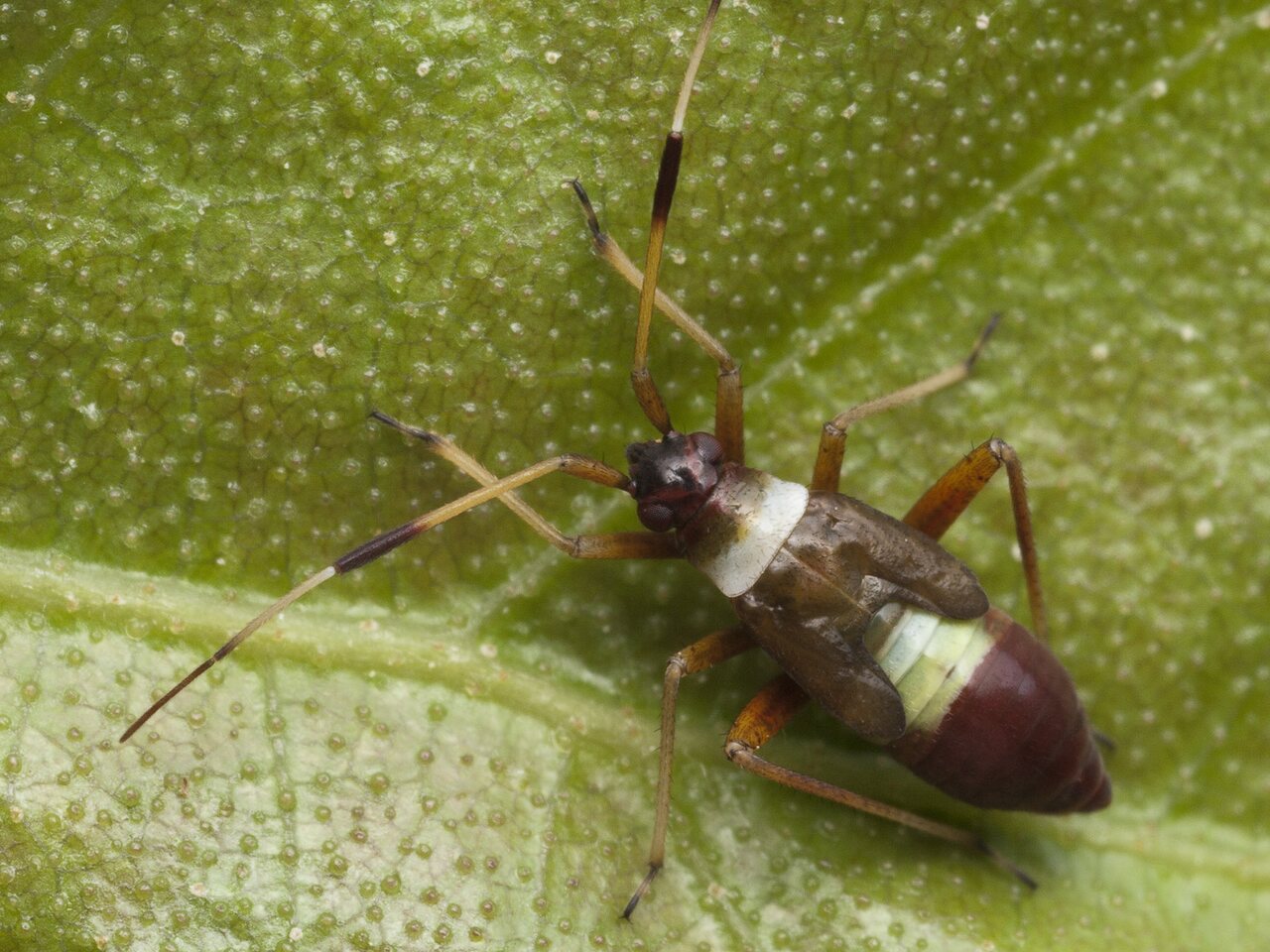61/261

Closterotomus biclavatus nymph · dvidėmė žolblakė, nimfa
- Zweikeulen-Weichwanze
- Kirjokauluslude
- dvidėmė žolblakė
- Bosbesprachtblindwants
- ładzik byliniak
https://en.wikipedia.org/wiki/Closterotomus_biclavatus This species is present in most of Europe. The preferred habitats are trees and bushes, wet forests, the edge rows, and spruce forest edge.
Nymphs can be found in June, while adults are present from late June up to September. These plant bugs are polyphagous, feeding on several species of trees and shrubs. They mainly feed on blackberries (Rubus), birch (Betula), hazelnut (Corylus avellana), common honeysuckle (Lonicera periclymenum), blueberry (Vaccinium myrtillus), common ash (Fraxinus excelsior) and also on small insects. They overwinter as eggs, with just one generation per year.
‥- tags
- nymph
0 comments
Add a comment